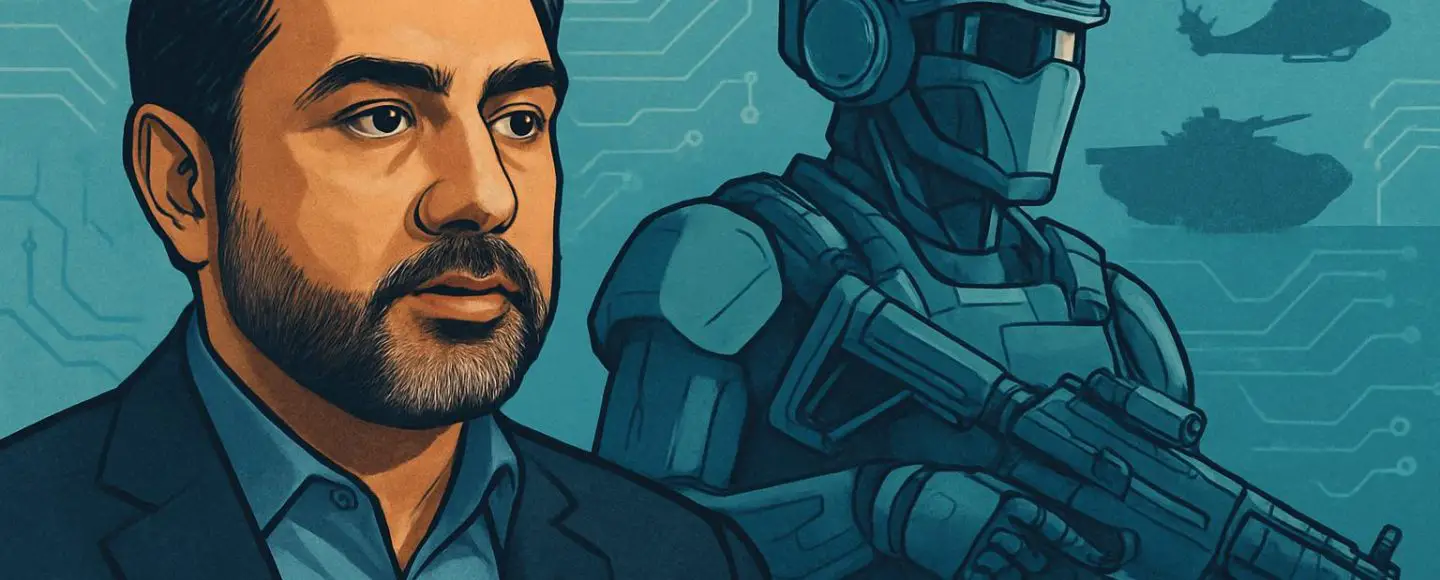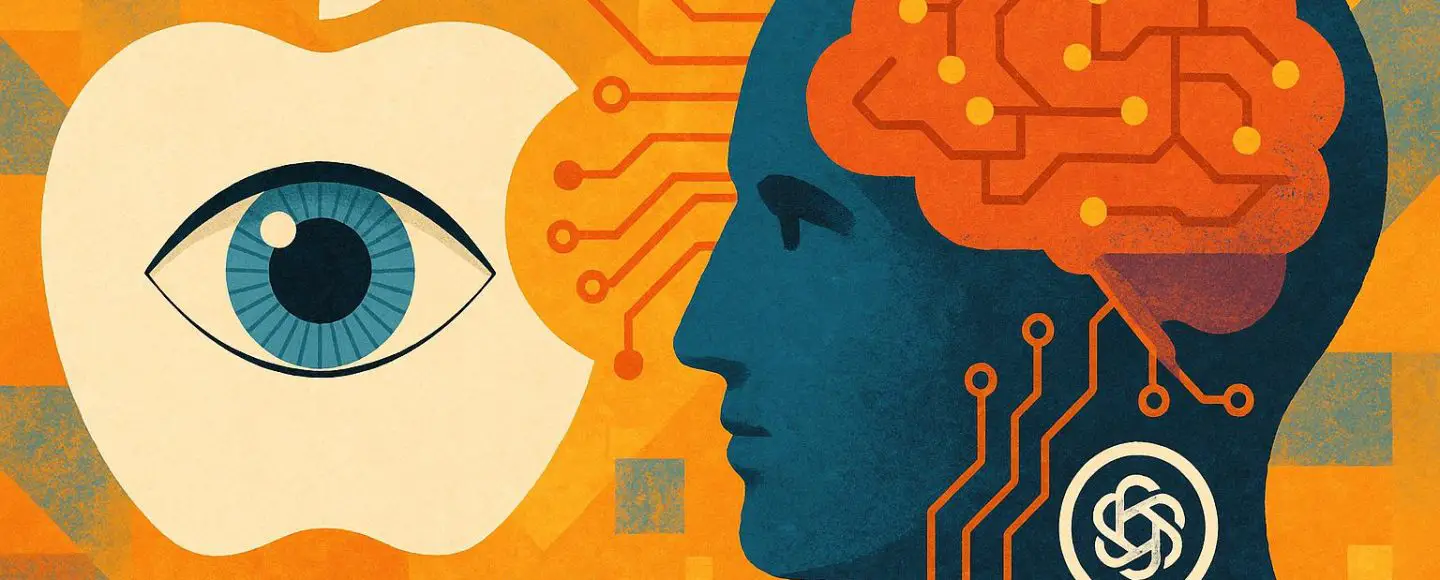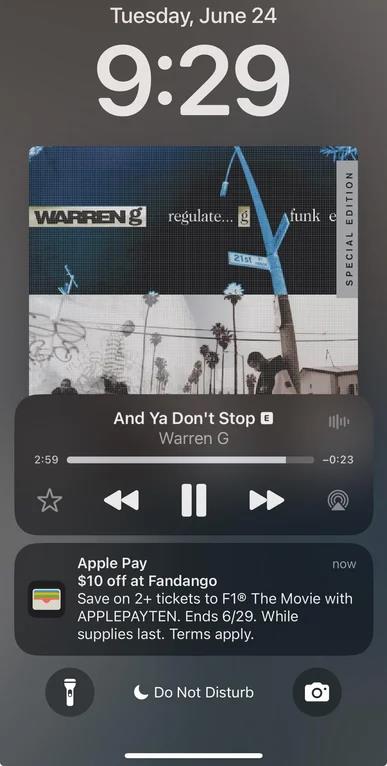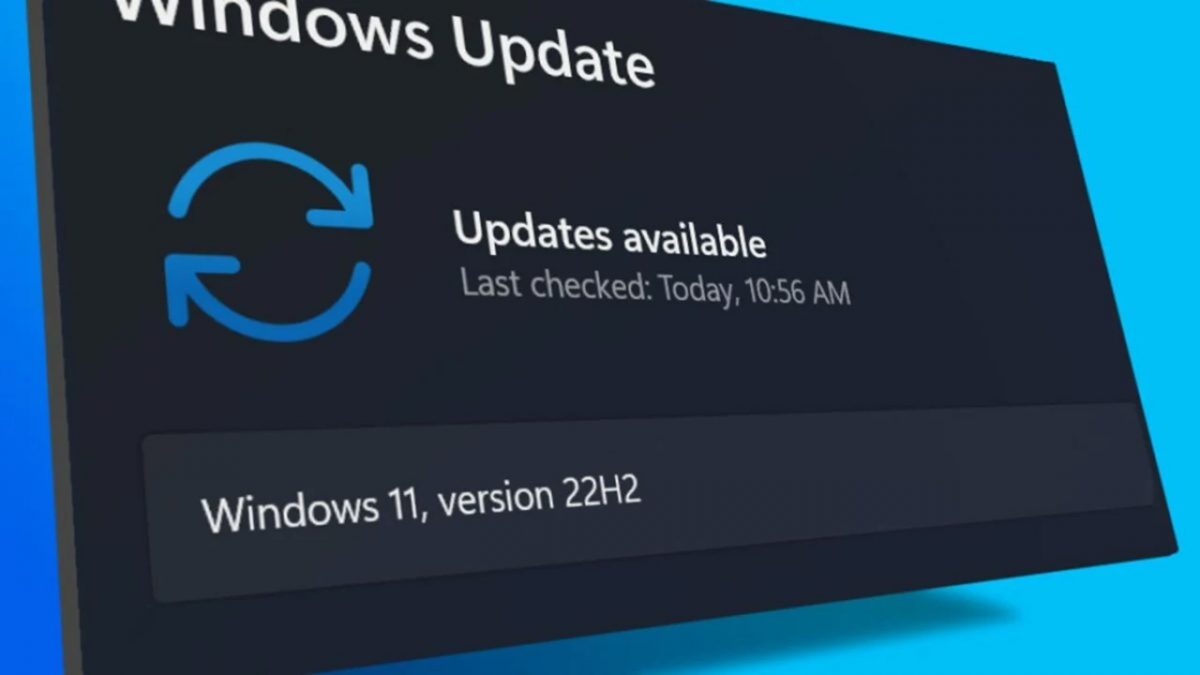Exploring Text-to-Speech Technology for Video Game Narration
Exploring Text-to-Speech Technology for Video Game Narration Video games are much more than entertainment; they are powerful storytelling mediums that transport us into new worlds. Narration, whether through characters, guides, or omnipresent storytellers, plays a crucial role in creating immersive experiences. But as gaming evolves, so does the technology behind it. One of the most exciting advancements in recent years is text-to-speech (TTS) technology. Once limited to robotic monotones, TTS has transformed into a sophisticated tool capable of producing human-like AI voices. It opens up endless possibilities for video game narration, making it more dynamic, accessible, and cost-effective. In this […]

Exploring Text-to-Speech Technology for Video Game Narration
Video games are much more than entertainment; they are powerful storytelling mediums that transport us into new worlds. Narration, whether through characters, guides, or omnipresent storytellers, plays a crucial role in creating immersive experiences. But as gaming evolves, so does the technology behind it.
One of the most exciting advancements in recent years is text-to-speech (TTS) technology. Once limited to robotic monotones, TTS has transformed into a sophisticated tool capable of producing human-like AI voices. It opens up endless possibilities for video game narration, making it more dynamic, accessible, and cost-effective. In this article, I’ll take you through the evolution of TTS, its benefits, challenges, and its potential to reshape how stories are told in games.
Table of Contents
The Role of Narration in Video Games
Narration is the backbone of storytelling in games, adding depth and emotional resonance. Think about iconic narrators like Rucks in Bastion or the witty narrator from The Stanley Parable. Their voices give life to the narrative, guiding players through stories in ways that text or visuals alone cannot.
However, traditional voiceover production comes with its challenges. Hiring professional voice actors can be expensive, especially for indie developers. The process also requires significant time for recording, editing, and post-production. This is where TTS technology can step in, providing a flexible and scalable alternative while maintaining high-quality storytelling.
What is Text-to-Speech Technology?
Text-to-speech technology converts written text into spoken words using AI algorithms. Early versions of TTS sounded robotic and unnatural, but advancements in machine learning and neural networks have changed the game. Modern TTS systems use techniques like deep learning to analyze and replicate speech patterns, intonations, and emotional nuances.
The evolution of AI voices has brought us to a point where TTS can mimic human speech with astonishing accuracy. These voices can express emotions, adapt tones to match different characters, and even switch between languages seamlessly. For developers, this means fewer barriers to creating rich, immersive audio experiences.
Benefits of TTS Technology for Video Game Narration
TTS technology offers a range of benefits that make it a game-changer for developers and players alike:
- Flexibility and Cost-Effectiveness TTS eliminates the need for hiring voice actors during the prototyping phase or for smaller projects. Developers can experiment with narration styles without committing to expensive production.
- Scalability With TTS, adding narration for additional languages becomes feasible, allowing developers to reach global audiences. Localization efforts become faster and more efficient.
- Accessibility TTS enhances accessibility by providing narration for players who are visually impaired or have difficulty reading text. This aligns with the industry’s growing focus on inclusive gaming.
- Dynamic Storytelling AI-driven TTS enables dynamic dialogue generation, making it possible for non-playable characters (NPCs) to respond to players in real time.
For example, some developers are already integrating text-to-speech AI generators into their workflows to create prototypes or generate placeholder narration during development.
Challenges and Limitations of TTS in Gaming
While TTS has made significant strides, it’s not without its challenges. One of the biggest hurdles is emotional nuance. Even the best AI tools for customer support or gaming cannot fully replicate the depth and subtlety of human emotions in certain contexts.
Additionally, overuse of generic TTS voices can make games feel less engaging. Players may notice repetitive patterns or lack of uniqueness in characters. Ethical concerns also arise around replacing human voice actors with AI, potentially impacting job opportunities in the industry.
From a technical perspective, integrating TTS into games—especially for real-time narration—requires robust processing power and seamless compatibility with game engines.
Innovations and Emerging Trends
Despite its challenges, TTS continues to evolve, unlocking exciting possibilities for gaming:
- Real-Time Voice Synthesis Imagine NPCs that can adapt their dialogue dynamically based on player interactions. Real-time TTS could make open-world games more immersive.
- Personalized Narration Players could choose voice styles, accents, or tones for narrators, adding a layer of customization to their gaming experience.
- AI-Driven Storytelling Combining TTS with procedural generation could create unique, player-specific narratives where no two playthroughs are the same.
- Integration with VR and AR TTS in virtual and augmented reality can enhance immersion by delivering narration tailored to the player’s environment and actions.
These innovations show that TTS isn’t just a tool; it’s becoming an integral part of how games evolve.
Tools and Platforms for TTS in Gaming
There are many TTS tools available, ranging from free text-to-speech AI generators to premium platforms. Developers look for features like:
- High-quality voice output with natural intonation.
- Multilingual support for global audiences.
- Easy integration with game engines like Unity or Unreal Engine.
- Customization options for creating unique character voices.
Some popular platforms include Google Cloud Text-to-Speech, Amazon Polly, and IBM Watson Text-to-Speech, all of which offer scalable solutions for game development projects.
Future of TTS in Video Game Narration
Looking ahead, the potential for TTS in gaming is immense. We can expect hyper-realistic voices that adapt in real time to player choices, adding emotional depth and personalization. AI could analyze gameplay data to craft dynamic narratives on the fly, creating stories that respond to individual players.
The combination of TTS with technologies like natural language processing and AI will also lead to more interactive and intelligent NPCs, revolutionizing how we experience gaming worlds. As the technology becomes more accessible, even indie developers will be able to harness its power, leveling the playing field in game development.
Conclusion
Text-to-speech technology is reshaping the way stories are told in video games. From text-to-speech AI generators to advanced AI tools for customer support and dynamic storytelling, TTS offers flexibility, accessibility, and innovation.
While challenges remain, the rapid evolution of AI voices ensures that TTS will play an increasingly vital role in gaming. It’s an exciting time for developers and players as we step into a future where technology and creativity merge seamlessly to create unforgettable experiences.











































































































































































![[The AI Show Episode 156]: AI Answers - Data Privacy, AI Roadmaps, Regulated Industries, Selling AI to the C-Suite & Change Management](https://www.marketingaiinstitute.com/hubfs/ep%20156%20cover.png)
![[The AI Show Episode 155]: The New Jobs AI Will Create, Amazon CEO: AI Will Cut Jobs, Your Brain on ChatGPT, Possible OpenAI-Microsoft Breakup & Veo 3 IP Issues](https://www.marketingaiinstitute.com/hubfs/ep%20155%20cover.png)























































































































![[DEALS] 1min.AI: Lifetime Subscription (82% off) & Other Deals Up To 98% Off – Offers End Soon!](https://www.javacodegeeks.com/wp-content/uploads/2012/12/jcg-logo.jpg)






























































































































_incamerastock_Alamy.jpg?width=1280&auto=webp&quality=80&disable=upscale#)
_Brain_light_Alamy.jpg?width=1280&auto=webp&quality=80&disable=upscale#)





























































































































![Mercedes, Audi, Volvo Reject Apple's New CarPlay Ultra [Report]](https://www.iclarified.com/images/news/97711/97711/97711-640.jpg)






































































